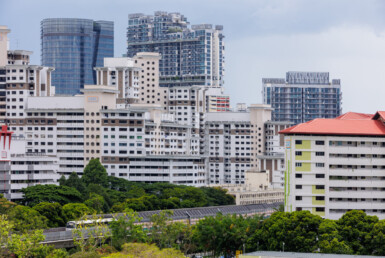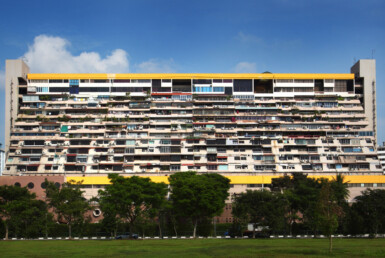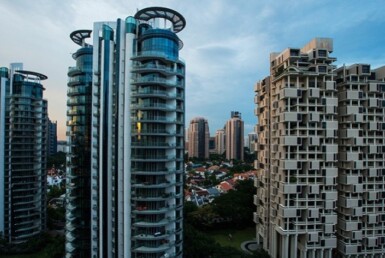Does it make sense to buy a sub-sale unit?
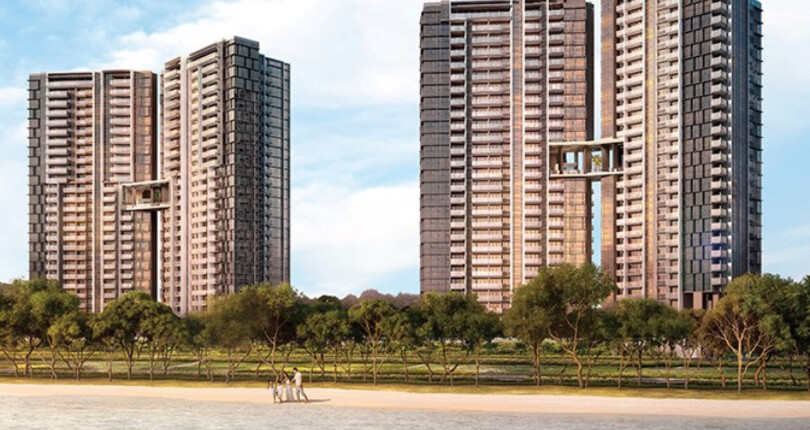
What is sub-sale?
URA defines sub-sale as “the sale of a unit by one who has signed an agreement to purchase the unit from a developer or a subsequent purchaser before the issuance of the Certificate of Statutory Completion and the subsidiary Strata Certificates of Title for all units in the development” which basically refers to owners selling their unit to another party before the development receives Certificate of Statutory Completion (CSC).
While most are familiar with Temporary Occupation Permit (TOP), many are unaware of CSC. To put it simply, TOP means that owners can move into their unit while minor works for common facilities continue. CSC is given only when the whole development is deemed completed by the authorities which could be a few years after TOP.
Impact of SSD on sub-sales
Seller’s Stamp Duty (SSD) was first introduced in 2010 by the government to curb speculation in the residential property market. Since then, it has gone through several rounds of adjustment. The latest adjustment reduced the holding period to three years for properties bought on or after March 11, 2017. SSD rate, which is based on actual price or market value (whichever is higher), currently stands at 12% if the property is sold within the first year of purchase; reducing to 8% and 4% for the second and third year respectively. No SSD is payable if the property is sold more than three years after purchase.
For properties bought between January 14, 2011, and March 20, 2017, sellers will face an SSD of 16% if they sell the property within the first year of purchase. The rate reduces to 12%, 8% and 4% for the second, third and fourth years respectively.
Reasons for the rise
The number of sub-sales has been on a decline since the introduction of SSD in 2010 but showed a spike last year. However, the sub-sale volume still remains much lower than the peak of 4,858 reached in 2007 before the introduction of SSD.
Manpower and materials shortages could also have contributed to the recent surge in sub-sales. Construction delays hindered some developments from obtaining CSC so more transactions for such development are considered sub-sales.
The average price for sub-sales (red line) bottomed out in 2016 and has since been on an upward trend; surpassing the average price for all sales (blue line) last year. The current average price for sub-sales is still below new sales (dark blue line) by about $300 psf. This means that savvy buyers could pick up a sub-sale unit which is “brand new” at lower price than a unit at a newly launched development.
The average price for the 56 sub-sales in Seaside Residences is $2,046 psf which is close to the current $2,040 psf for all recent sales in the development. The highest-priced sub-sale transaction of $2,667 psf and the lowest-priced transaction of $1,566 psf were conducted last April.
A check on EdgeProp Tower View indicates that the most expensive transaction was for a 581 sq ft unit which fetched a profit of $643,600 even after taking into account a hefty SSD of $123,600. The second-highest price of $2,342 psf was for a 1,733 sq ft unit sold in October 2021 which attracted no SSD because the transaction took place just after the holding period. The seller pocketed a handsome profit of $298,198.
One will assume that sub-sales that fetched low prices will result in losses but Seaside Residences debunks that assumption. The lowest-priced transaction was for a 1,270-sqft unit that achieved a profit of $61,600 even after taking into account an SSD of $279,600.
Gem Residences is a leasehold development located within 500m of Braddell MRT station as well as numerous food centres and supermarkets. The average price for Gem Residences is an affordable $1,681 psf which could have attracted HDB upgraders from the 885-unit Toa Payoh project that reached MOP in November 2020. Moreover, 578-unit Gem Residences sold out in October 2019 so interested buyers must turn to the sub-sale market.
Of the 602 sub-sale transactions in 2021 and 2022, a 2,777-sq ft unit in Boulevard 88 fetched the highest price of $12.5 million ($4,501 psf) when it was sold in January 2022 and earned the seller a profit of $3.1 million.
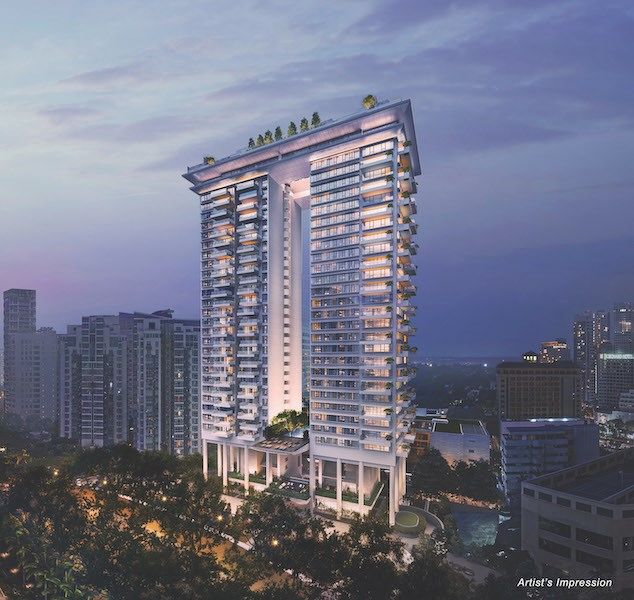
Boulevard 88 (Photo credit: CDL)
On the other end of the spectrum are three 441-sq ft units in The Wisteria that transacted for $550,000 to $578,000 ($1,246 to $1,310 psf). They were all sold in the first four months of 2021 for losses of $7,200 to $48,800 after taking into account SSD ranging from $47,200 to $70,800. The sellers would have made a profit if there was no SSD.
What can buyers and sellers do to benefit?
There are many compelling reasons for buyers to purchase a sub-sale property. Average price for sub-sales is lower than new sales prices meaning they can purchase a “brand new” property at a lower price.
As the development has yet to obtain CSC, the seller must inform the developer of the sale and the second buyer will be accorded the same rights as the first buyer. Hence, the second buyer can still look to the developer to rectify all defects in the unit during the Defects Liability Period. Additionally, construction for the development is almost completed so buyers can move in shortly.
However, sub-sale buyers should be aware that sellers may increase their asking price to cover the SSD payable. A trick to avoid a hefty mark-up is to look for almost completed properties that have not received CSC. Owners who purchased their unit early during the launch would have crossed their SSD holding period.
Investors who are able to earn a decent profit should not shy away from sub-sales especially those who crossed the SSD holding period and those who received a discount from the developer. It would also make sense for owners to realise their profits early and avoid the hassle of having to search for a tenant.
However, sellers must do their sums carefully and take into account their purchase price plus all additional monies spent which would include SSD (if any), Buyers Stamp Duty, legal fees and bank fees.
It would also make financial sense for owners to liquidate their asset and cut their losses if they are unable to keep up with their financial obligations due to unforeseen circumstances such as unemployment or divorce.
Key points to note
- Sub-sale is deemed by URA to have occurred if owners sold their unit to another party before the development receives CSC.
- SSD is payable by sellers for sales that are transacted within the holding period.
- The current increase in sub-sale is supported by a robust HDB resale and construction delays.
- Sellers should consider sub-sales if they can earn a decent profit or they need to cut their losses. Buyers could benefit from buying in the sub-sale market because they can purchase a “brand new” home at a lower price and they can move in shortly.
- Since the introduction of SSD in 2010, sub-sales volume has been on a decline except for a spike last year. However, recent sub-sales make up only a small percentage of total sales so there is little need for the government to further tighten measures after the latest round of cooling measures. Moreover, tightening SSD does not address the underlying reasons for the increase.

